|
Another morning of walking locally around the hotel produced a different Leiocephalus species Cuban Side-blotched Curlytail L. macropus. In this area it is not as common as Saw-scaled Curlytail L. carinatus. The six Leiocephalus species in Cuba together have 40 subspecies on the island and I suspect that it is this great variability across their respective disjunct ranges often combined with sexual dimorphism and the lack of identification literature that leads to the many mis-identifications that you can find on the internet. I have only ever seen the species of this genus on the ground, or on rocks and boulders, but this one at least has been known to climb to 1.5m up trees. You can read an interesting paper on sexual dimorphism and oviposition in this species here. On the local trails we still saw about 25 Cuban Kite Swallowtail Eurytides celadon but numbers are less than they were about ten days ago. Most are showing signs of wear as you would expect. Numbers of Florida Purplewing Eunica tatila are going up slightly and we saw one that was slightly more colourful on the underside than usual. I searched the area of Croton where we had watched Concolorous Skipper Burca concolor laying ten days ago and found a shelter with a small larva inside, and disturbed a moth that I haven't identified yet but it looks like a Geometrid. The two Urbanus skippers on Cuba are superficially similar on the underside but the pair of black spots on the hindwing is the feature that distinguishes Common Long-tailed Skipper Urbanus proteus.
0 Comments
Leave a Reply. |
Welcome to our Blog
Here we will post interesting news about what we and others have seen in Cuba. Archives
July 2024
Categories |
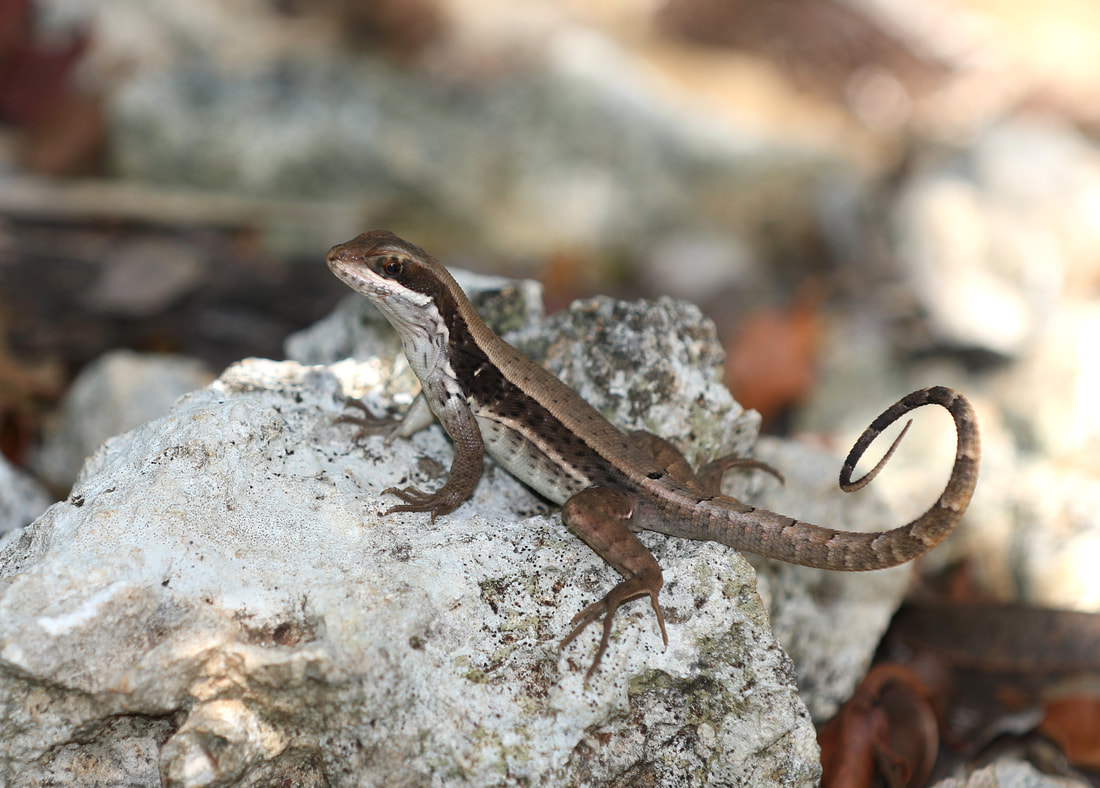
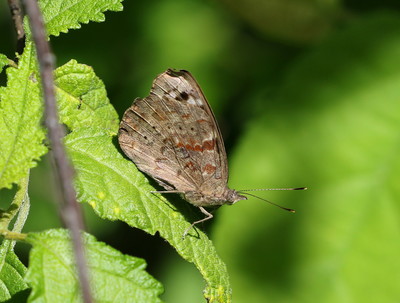
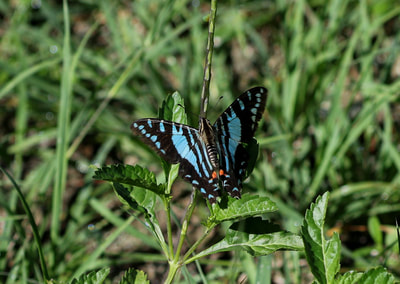
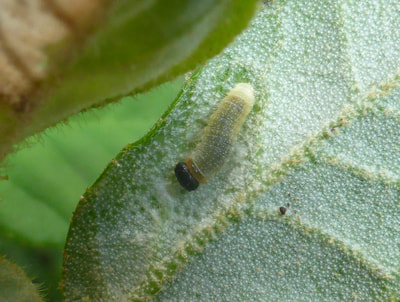
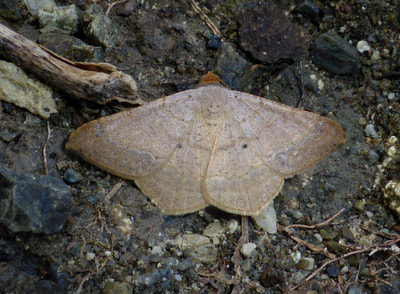
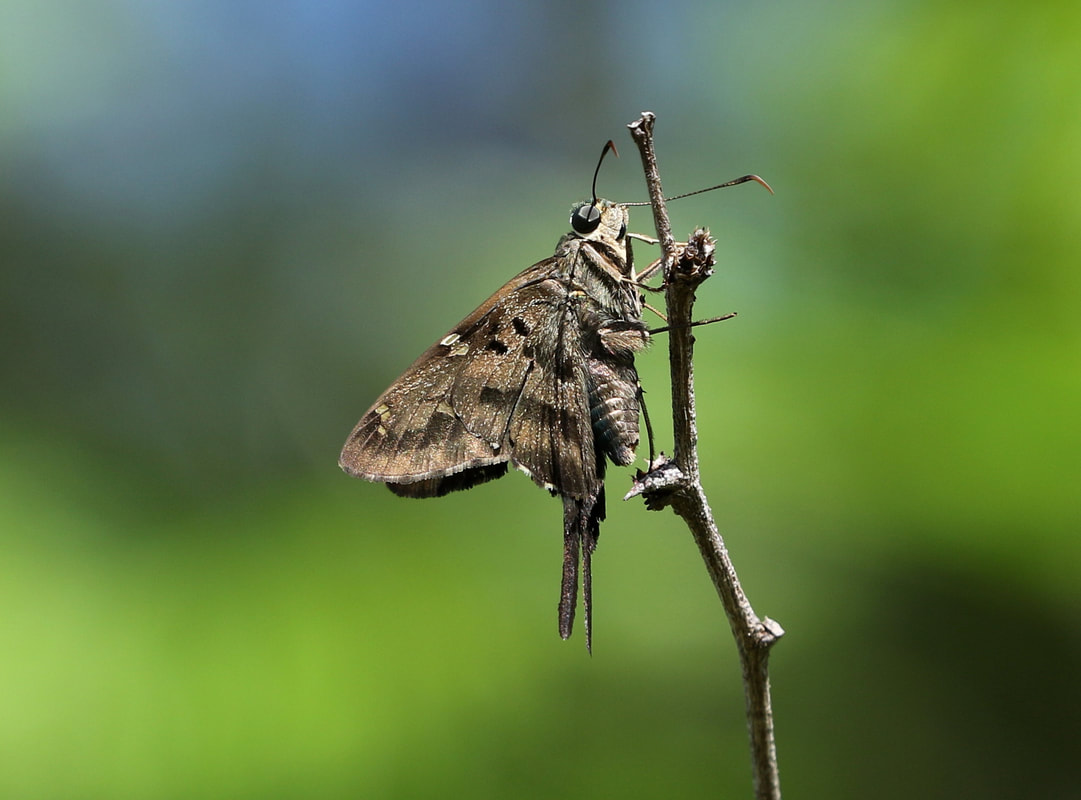
 RSS Feed
RSS Feed